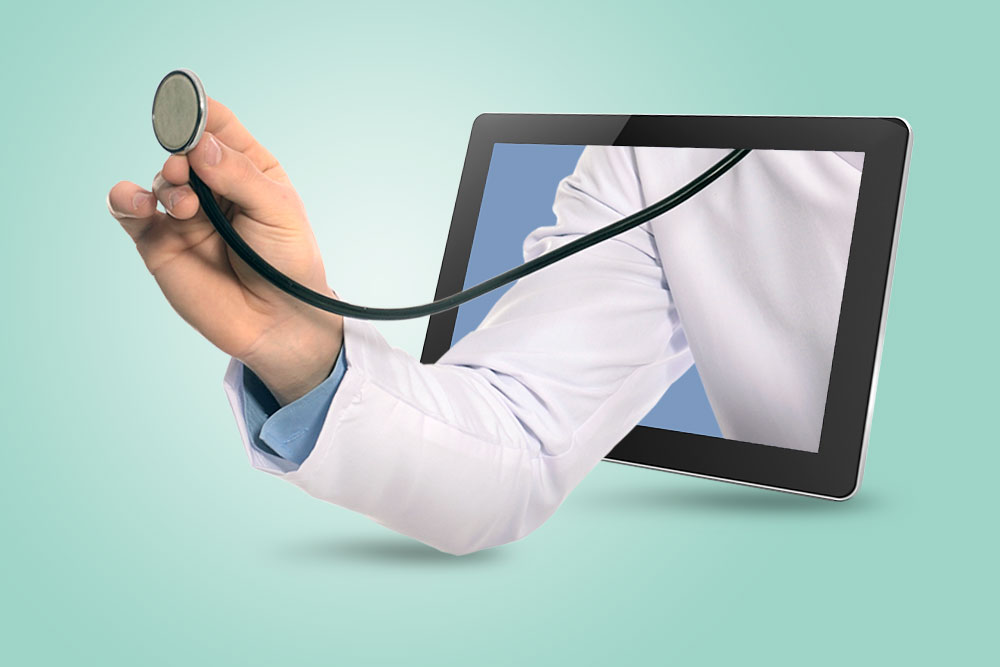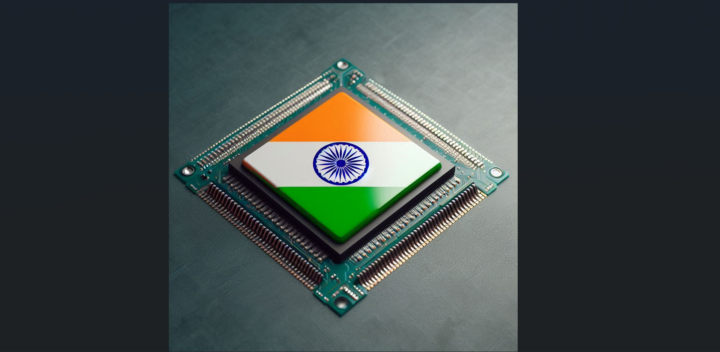The future of healthcare is remote. If we had any doubts about remote monitoring of patients, COVID-19 dispelled quite a few. However, even without the pandemic, users will prefer remote healthcare services that deliver well.
A recent research by Juniper Research has found that that smart hospitals will deploy 7.4 million connected IoMT devices globally by 2026; over 3,850 devices per smart hospital. This global figure represents total growth of 231% over 2021, when 3.2 million devices were deployed.
Read more: Budget 2022 reaction: HEALTHCARE
The concept of the IoMT involves healthcare providers leveraging connected devices such as remote monitoring sensors and surgical robotics to improve patient care, staff productivity, and operational efficiency.
The research identified smart hospitals in the US and China as leading the global adoption of IoMT devices, accounting for 21% and 41% of connected devices respectively, by 2026. It highlighted digital healthcare initiatives implemented during the ongoing pandemic and high levels of existing digitalisation within healthcare infrastructure as key to these countries’ leading positions.
The emergence of remote monitoring within healthcare presents an opportunity for network operators to place themselves within the digital healthcare value chain
As research author Adam Wears explained: “The emergence of remote monitoring within healthcare presents an opportunity for network operators to place themselves within the digital healthcare value chain. Smart hospital technologies generate significant quantities of data, meaning that the edge computing function provided by network operators will be crucial to the successful roll-out of these systems.”
Remote dialysis care with apps for patients & nephrologists
As an example of the advent of remote healthcare, Asia’s largest dialysis network NephroPlus launched two apps to help provide support for dialysis patients and nephrologists. The first-of-its-kind innovation consists of a Patient App and a Nephrologist App, available on both Android and iOS, where important information related to patient medical history and dialysis in general is available.
NephroPlus Co-founder, Kamal D. Shah said “We’re making it easier for our nephrologists and guests to interact remotely, have video consultations and review and make changes to prescriptions and dialysis plans, where necessary. Our guests can schedule appointments, have virtual consultations with nephrologists of their choice, get dialysis-friendly diet plans, and much needed guidance on how to live through their treatments,” he says.
We’re making it easier for our nephrologists and guests to interact remotely, have video consultations and review and make changes to prescriptions and dialysis plans, where necessary
With the Patient app, NephroPlus patients can now book dialysis sessions with just a few taps, book holiday dialysis sessions anywhere in India, get access to the largest directory of dialysis friendly recipes, access prescriptions and investigation results, consult a dietician for free, pay for sessions without having to carry cash and cards to the dialysis centre and book video consults with nephrologists. Nephrologists can see the entire clinical history of their patients through the app.
With the proliferation of smartphones, it is believed that access to the apps will help NephroPlus guests get better care. Also, their nephrologists can take advantage of the Nephrologist app to keep themselves abreast of the conditions of their patients, including details of investigations and prescriptions, alert patients and modify their prescriptions, and get alerts for adverse events, out-of-range investigations, and so on.
User intention to continue using mHealth: COVID-19 or no
It’s not just COVID-19 times that require remote healthcare. When the quality of healthcare delivery is high, pandemic or no, people will welcome remote healthcare.
A study identified that the most important factor found to influence users’ decision to continuously use mHealth (mobile health) was assurance, followed by hedonic benefits, efficiency, reliability, and content quality.
Healthcare innovation is the need of this COVID ridden hour, which is why it’s good news when multi-dimensional companies decide to add healthcare to their portfolio
Healthcare innovation is the need of this COVID ridden hour, which is why it’s good news when multi-dimensional companies decide to add healthcare to their portfolio. Recently, EarlySalary, an Indian consumer lending platform for young professionals, launched a health category to strengthen its BNPL portfolio. The product will focus on emergency and operative medical care treatment, elective and planned treatment and cosmetic and aspirational treatments.
Over the next 18 months, it aims to cover a few thousand hospitals, medical procedures, products and services available to its users on no cost EMI as a part of its offerings.
43% Indian pharma marketers prefer programmatic messaging platforms for physician reach
Remote healthcare also works the other way round. Recently, pharma marketers have been shifting their focus to newer and innovative solutions to engage physicians, apparent from the phenomenal rise in programmatic messaging technologies.
A recent report by Doceree, the global network of physician-only platforms for programmatic messaging, suggests around 43% of pharma marketers in India now prefer programmatic messaging platforms to reach out to physicians, utilizing its ability to segment healthcare experts and align their communication for optimization and better business outcomes.
The report found that pharma’s digital ad spending has risen considerably worldwide and the trend is expected to grow further on the back of programmatic fuelling its growth.
Brands are eager to keep up their spending across secondary-based institutions like hospitals, nursing homes and research institutes going into 2022 when targeting physicians of a particular specialty
“The trend looks promising as we see pharma brands earmarking a significant budget to programmatic marketing,” said Harshit Jain MD, Founder and Global CEO, Doceree. “We are seeing five out of ten dollars spent on digital being set aside for programmatic messaging.”
Besides, the report captures popular trends that are shaping the programmatic pharma physician marketing space:
2021 saw a 53% jump in the exposed programmatic inventory of endemic publishers. This includes HCP-only digital platforms such as medical education sites, HCP networking sites, medical associations, and medical journals that HCPs visit to advance their professional knowledge or to connect with their peer group – on the back of their partnership with specialized ad exchanges.
There has been a 39% year-on-year increase in the usage of platforms such as e-prescribing (eRx), telehealth, and electronic health record (EHR) platforms – where data is collected directly from the physicians via log-ins.
Read more: Learnings from the pandemic about recruiting healthcare technology workers
Further, 29% of marketers globally are mulling boosting budgets for trigger-based campaigns on Point of Care channels as they are in dialogue with partners for planning and activation.
Brands are eager to keep up their spending across secondary-based institutions like hospitals, nursing homes and research institutes going into 2022 when targeting physicians of a particular specialty.
The data analysis of the report disclosed a 135% increase in spending on account-based campaigns by brand marketers handling medical devices in 2021 over the previous year.












